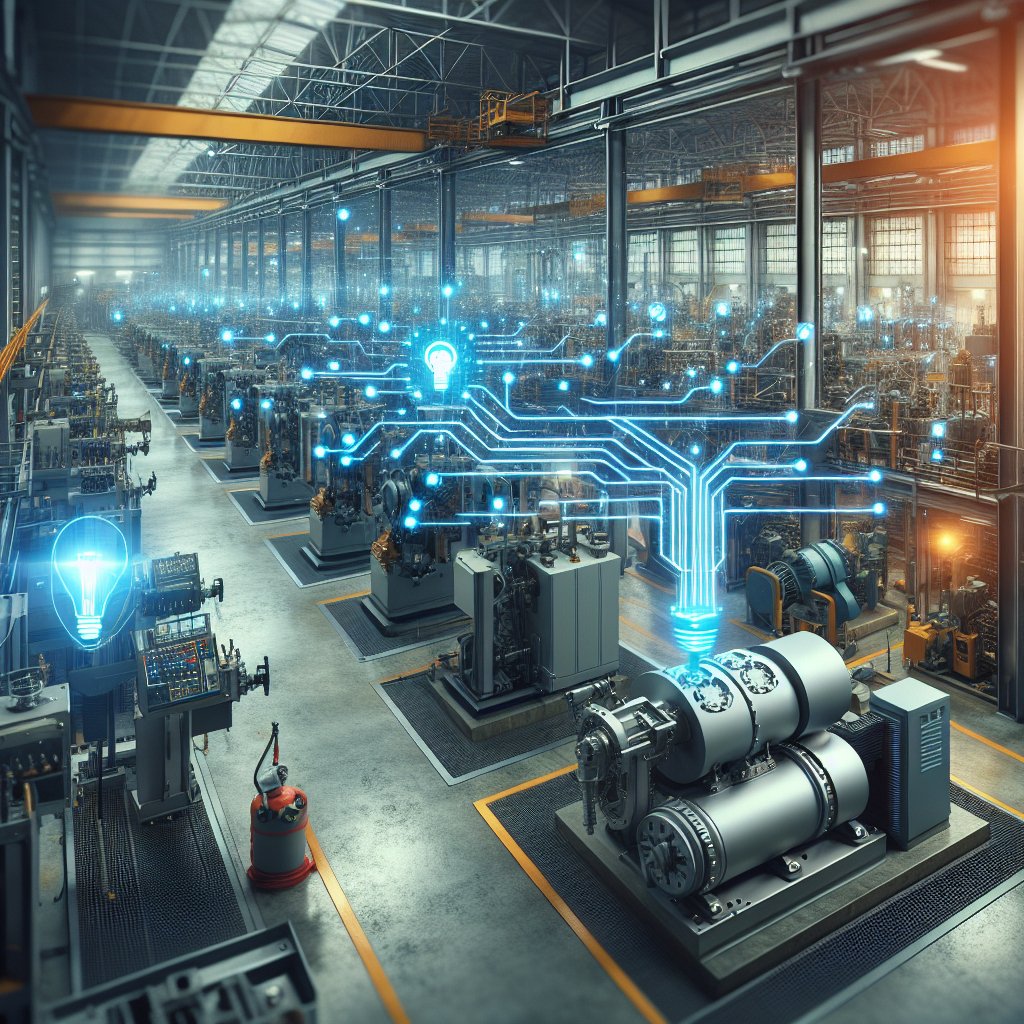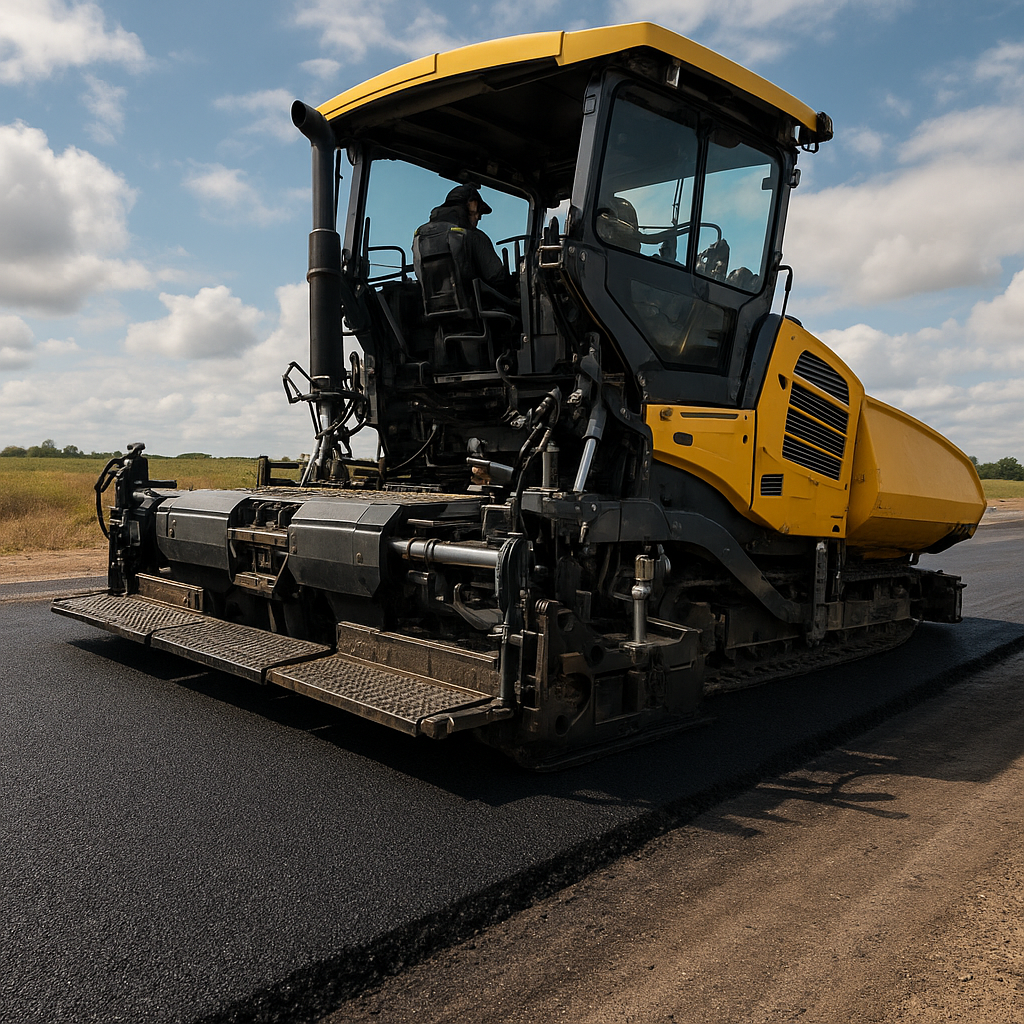
Artificial Intelligence (AI) is revolutionizing the way industries approach equipment fault detection and diagnosis, offering unprecedented accuracy and efficiency. As industries strive to minimize downtime and optimize performance, AI-driven solutions are becoming indispensable tools in the maintenance and monitoring of industrial equipment. This article delves into the transformative impact of AI on fault detection and diagnosis, exploring its benefits, challenges, and future potential.
The Role of AI in Fault Detection
AI technologies, particularly machine learning and deep learning, have significantly enhanced the capabilities of fault detection systems. Traditional methods often rely on manual inspections and predefined rules, which can be time-consuming and prone to human error. In contrast, AI systems can analyze vast amounts of data in real-time, identifying patterns and anomalies that may indicate potential faults.
One of the key advantages of AI in fault detection is its ability to process and interpret data from various sources, such as sensors, historical maintenance records, and operational logs. By integrating these data streams, AI algorithms can create a comprehensive picture of equipment health, allowing for more accurate and timely fault detection. This proactive approach helps industries prevent costly breakdowns and extend the lifespan of their equipment.
Moreover, AI-driven fault detection systems can continuously learn and adapt to changing conditions. As new data is collected, machine learning models can refine their predictions, improving their accuracy over time. This adaptability is crucial in dynamic industrial environments, where equipment and operational conditions can vary significantly.
AI-Driven Diagnosis: From Detection to Action
While fault detection is a critical first step, effective diagnosis is essential for addressing the root causes of equipment issues. AI technologies excel in this area by providing detailed insights into the nature and severity of detected faults. Through advanced data analysis techniques, AI systems can identify the specific components or processes that are malfunctioning, enabling targeted maintenance interventions.
AI-driven diagnostic tools often employ techniques such as pattern recognition, anomaly detection, and predictive analytics. These tools can assess the likelihood of different failure modes, prioritize maintenance tasks, and recommend corrective actions. By automating the diagnostic process, AI reduces the reliance on human expertise, which can be scarce and costly in many industrial settings.
Furthermore, AI systems can facilitate remote diagnostics, allowing experts to assess equipment health from afar. This capability is particularly valuable in industries with geographically dispersed operations, such as oil and gas, mining, and transportation. Remote diagnostics not only save time and resources but also enhance safety by reducing the need for personnel to access hazardous environments.
Challenges and Considerations
Despite the numerous benefits of AI in fault detection and diagnosis, several challenges must be addressed to fully realize its potential. One of the primary concerns is data quality and availability. AI systems rely on large volumes of high-quality data to function effectively. In many industrial settings, data may be incomplete, inconsistent, or siloed across different systems, hindering the performance of AI algorithms.
To overcome these challenges, industries must invest in robust data management practices, including data integration, cleansing, and standardization. Additionally, the implementation of AI solutions requires careful consideration of cybersecurity risks, as increased connectivity and data sharing can expose systems to potential threats.
Another challenge is the need for skilled personnel who can develop, deploy, and maintain AI systems. While AI can automate many tasks, human expertise is still essential for interpreting results, making strategic decisions, and ensuring the ethical use of AI technologies. As such, industries must prioritize workforce development and training to build the necessary skills and knowledge.
The Future of AI in Industrial Equipment Management
Looking ahead, the role of AI in industrial equipment fault detection and diagnosis is poised to expand further. Advances in AI technologies, such as reinforcement learning and edge computing, promise to enhance the capabilities of fault detection systems, making them even more efficient and responsive.
Reinforcement learning, for example, allows AI systems to learn from their interactions with the environment, optimizing their performance through trial and error. This approach can be particularly useful in complex industrial settings, where equipment behavior may be influenced by numerous variables.
Edge computing, on the other hand, enables data processing to occur closer to the source of data generation, reducing latency and bandwidth requirements. By deploying AI algorithms at the edge, industries can achieve real-time fault detection and diagnosis, even in remote or resource-constrained environments.
In conclusion, AI is transforming the landscape of industrial equipment management, offering powerful tools for fault detection and diagnosis. As industries continue to embrace AI technologies, they can expect to see significant improvements in operational efficiency, equipment reliability, and overall productivity. However, to fully harness the potential of AI, industries must address challenges related to data quality, cybersecurity, and workforce development, ensuring that AI solutions are implemented responsibly and effectively.

